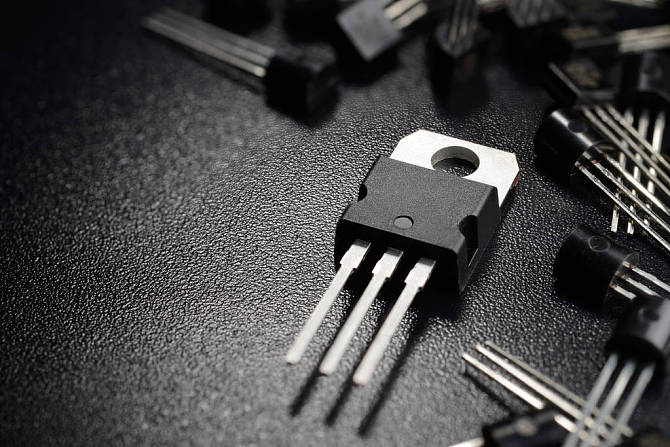
Since the working state of the power electronic device has four working states: on, on state, off state, and off state, the interrupt state and the on state are respectively subjected to high voltage and large current, and in the process of turning on and off, the switching device may simultaneously bear Overvoltage and overcurrent, excessive di/dt, du/dt, and excessive instantaneous power. Therefore, in order to prevent the high voltage and large current from causing the device operating point to exceed the safe working area and damage the device, a buffer circuit is added to the circuit, and the shutdown buffer circuit absorbs the device's turn-off overvoltage and commutation overvoltage to suppress du/dt. The turn-off snubber circuit is reduced; the turn-on snubber circuit suppresses current overshoot and di/dt when the device is turned on, reducing the turn-on loss of the device.
In modern life, IGBT has become more and more widely used as a fully-controlled device. As its power and voltage levels continue to increase, its protection is particularly important. The peak voltage that occurs when the IGBT is turned off is mainly caused by the presence of distributed inductance in the main circuit. Excessive spike voltage will not only damage the IGBT, but also cause the IGBT to be turned on. Therefore, it is inevitable to set the buffer circuit to absorb the peak voltage. Less.
The following is a snubber circuit in which the inverter uses two-level and three-level topologies.




